Image by www.epictop10.com
I have been thinking a lot about Rothing of late. Among the various tax advantaged “retirement” accounts that are available to people most notably IRAs, but also 401(k)s and 403(b)s and others, there can be a Roth option. The classic IRA, 401(k), etc. lets you reduce your adjusted gross income by the amount of the contribution. Hence there is no current taxation of earnings going in. When you take distributions you have taxable income and a penalty if the distributions are taken before 59 1/2. if you go with the Roth option though, which is what I call Rothing, you don’t get a current deduction or exclusion, but your post 59 1/2 withdrawals are entirely tax free, subject to a rule about the account being open for at least five years. There are ways you can convert your traditional accounts to Roth paying the tax on the balance at that point in time. This is more of a whether you should discussion than a how you do it.
The Enthusiasm
There seems to be a lot of enthusiasm for Rothing out there. Consider this post by Ryan Ermey with the title Suze Orman swears by one retirement account: ‘You have to be crazy’ to use another – ‘I don’t care what tax bracket you’re in’ on CNBC make it. That one retirement account is Roth.
I have been something of a Roth skeptic. Some of it comes from the time I grew up in professionally. I started in 1979 a time of high marginal rates, high interest rates and high inflation. So the idea of paying taxes now in exchange for the prospect of lower taxes decades in the future struck me as preposterous – like hitting your head against the wall because it feels so good when you stop.
When I have a view that appears a little out of the mainstream, I will usually seek to figure out why I might be wrong. There is the now famous Peter Thiel Roth IRA uncovered by Justin Elliot, Patricia Callahan and James Bandler of ProPublica where thousand turned into billions. I actually was familiar with that strategy on a much more modest scale having helped someone execute on it, but I didn’t think it had broad applicability. Funding a Roth for a low earning kid also struck me as a pretty neat idea. Of course neither of those has anything to do with funding your own retirement out of your current earnings. So I decided to speak with some people.
David Silversmith
David Silversmith is a CPA and a CFP (Certified Financial Planner) with Eisner Advisory Group where he is a Senior Manager in the firm’s Private Client Services Group. Even before we spoke I learned that he was a Roth enthusiast, commenting on my sentiment that Roths might be overhyped by writing:
“If anything, I would say they are underhyped. I don’t know how nuanced I can be because I always recommend Roth IRAs over Traditional IRAs when possible. From a tax perspective, they are great. The only time I believe it would make sense to invest in a traditional IRA over a Roth IRA is if the person really needs the money at the moment or if they are sure that their current tax bracket will be higher now than they will be when they start making RMDs.”
Mr. Silversmith spent some time discussing elders dealing with medical issues particularly long term care as an argument for not being able to spare anything in retirement. He sees people spending down and having to do Medicaid planning.
His advice to young people starting out is to start out with Roth. One point that stands in favor of Roth for those starting out is that taxation and penalty for withdrawing earnings before 59 1/2 is just on the earnings. And if you only pull out some of the money the original contribution comes out first. So the original money you put into a Roth remains available penalty and tax free for emergencies. It is not something that should be done lightly since you will be giving up future tax free earnings.
Jay Guyer
Jay Guyer is a Certified Financial Planner, Chartered Life Underwriter and Chartered Financial Consultant with Janney Montgomery Scott LLC where he serves as a Vice President and Senior Financial Planner in the Wealth Planning Department. Mr. Guyer’s sense is that Rothing is not for everybody and that there is no standard answer. An expectation of high medical bills may turn out to be an argument for not Rothing as the medical deductions will mitigate the income tax problem.
Mr. Guyer does not think there is a single standard answer. He also indicated that it is not purely a numbers game. Some people will pay an apparently overly steep price to do a Roth conversion just to have the satisfaction that their heirs will be tax free on an inherited account.
As he sees it there are five reasons to strongly consider Rothing:
- You expect to be in a higher tax bracket in retirement
- You have yet to reach peak earnings
- You want to provide an income tax free inheritance
- State income taxes. Perhaps you may be retiring in a higher tax state.
- A hedge against future tax increases.
Adam Markowitz
Adam Markowitz is an enrolled agent. He runs Luminary Tax Advisors, which he took over from his father. Part of Mr. Markowitz’s mission is to provide quality tax service to people of relatively modest means. He has spent a good amount of time on Rothing. The concept he generally uses is to try to bleed the non Roth accounts to $0 before death. Running the numbers is pretty challenging, but definitely worthwhile. He finds though that at the end we are guessing. There are too many human factors and priorities. That is why he believes that tax planning will always remain an art and that we won’t be replaced by AI. He also emphasizes the importance of having competent tax advice in executing your plans. Keep in mind that this article is about whether to Roth, not how to do it. Mr. Markowitz had a horror story on #TaxTwitter about a taxpayer not properly executing a Roth conversion on the advice of a financial advisor who disclaimed any responsibility for tax advice after advising that the conversion be done.
Kathy Hayden
Kathy Hayden is an enrolled agent. She runs Hayden’s Tax Service in Wyoming, Michigan. Her father founded the practice in 1968. She and her sister Julie Wagner grew up in the practice and took it over from their father when he retired. Hayden’s Tax Service focuses exclusively on individual tax returns. They also offer a service called Lifetime Retirement Tax Optimization which is based on a tool called the Retirement Distribution Tax Calculator. They provide the service beyond their client base through other tax practices on a “white label” basis.
We have here a great example of Reilly’s Sixth Law of Tax Planning – Don’t do the math in your head. At a very simple level Rothing is about paying tax at lower marginal rates. One of the problems though is that what your marginal rate turns out to be non-trivial problem as the material on the calculator indicates. There are the phase-in of the taxability of Social Security, the IRMAA fee for Medicare, the net investment income tax and the phase out of ACA credits to consider.
There is an example of a 62 year-old with Social Security and ACA credits. While in the 10% income tax bracket, their marginal rate goes to over 30%. In the 12% income tax bracket, the real marginal rate can be as high as 40% dropping to 22%. In that scenario the real marginal rate is never 12%.
The big window of opportunity for this sort of planning is between age 59 1/2, when you can start penalty free withdrawals and age 73 or 75 when required minimum distributions start.
At Hayden Tax Service, they are encouraging you to pay attention to the math in making your decisions without claiming that there is a single mathematical answer. The various interactions make the math challenging for regular people. I have not worked with the Retirement Distribution Tax Calculator, but it does seem to be the type of tool that can help you make a good decision.
Conclusion
The decision to Roth or not Roth is a challenging one. Well it is challenging if you want to examine all the factors and run numbers. There are two extreme positions that actually have some merit. One is further than I go, but in the direction that I lean. That is that it makes no sense to pay substantial amounts of tax for the prospect of lower taxes in the future, particularly decades in the future. The other extreme position is based on a near certainty that marginal rates will necessarily be much higher in the future, which calls for full bore Rothing. I have some challenges to that second extreme which I am going to save for a future post. If you are at either of the extremes I am not going to try to convince you you are wrong.
If you are in your fifties and have substantial balances in deferred accounts, I’d encourage you to run the numbers or, more likely, hire someone to run them for you. Make sure it is somebody who really understands the tax rules. If the dollars are really big have somebody else run them and see if you can reconcile why they came out differently to understand how it is projected to work.
The really difficult question is what to do if you are younger. If you start with the assumption that you are putting away the maximum amount possible, then in order to Roth it all you need to accept less take home pay or be putting away less. I’m 73. My 35 year old or 40 year old self didn’t have the Rothing opportunities that exist now Nonetheless, as I deal with the taxable distributions from my existing accounts, I can’t think of too many things that I wish my younger self had not spent money on so that I could be getting tax-free distributions.
———————————————————————————————————————————————————————-
For great value continuing professional education. I recommend the Boston Tax Institute
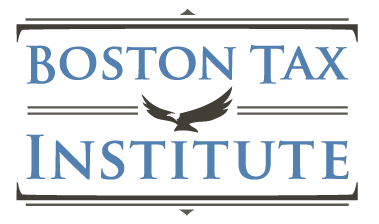
You can register on-line or reach them by phone (561) 268-2269 or email vc@bostontaxinstitute.com. Mention Your Tax Matters Partner if you contact them.
Originally published on Forbes.com.
For articles oriented toward tax professionals check out Think Outside The Tax Box.
My new book Reilly’s Laws of Tax Planning is now available from TOTB

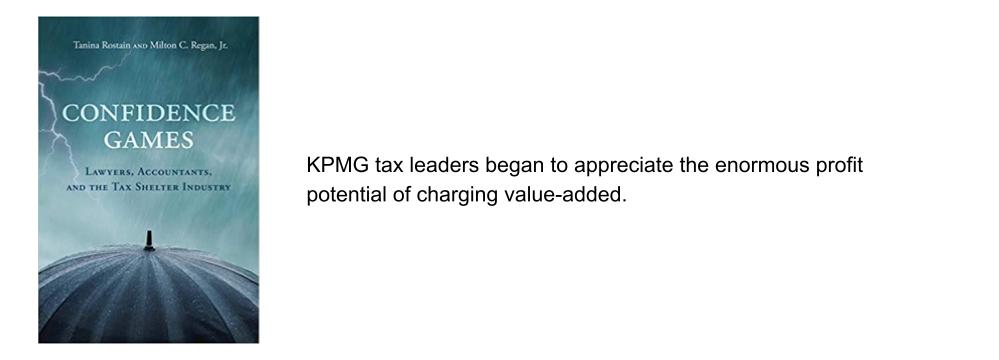
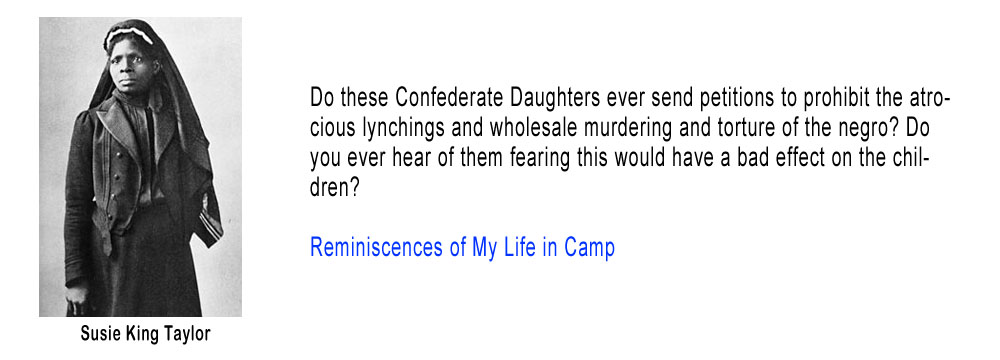
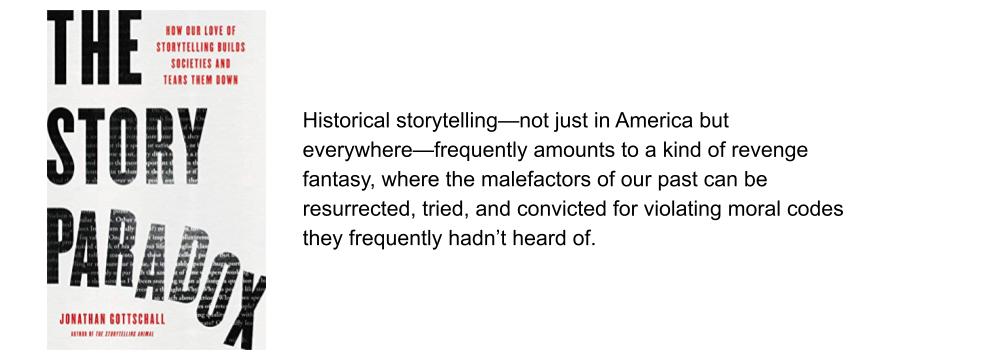
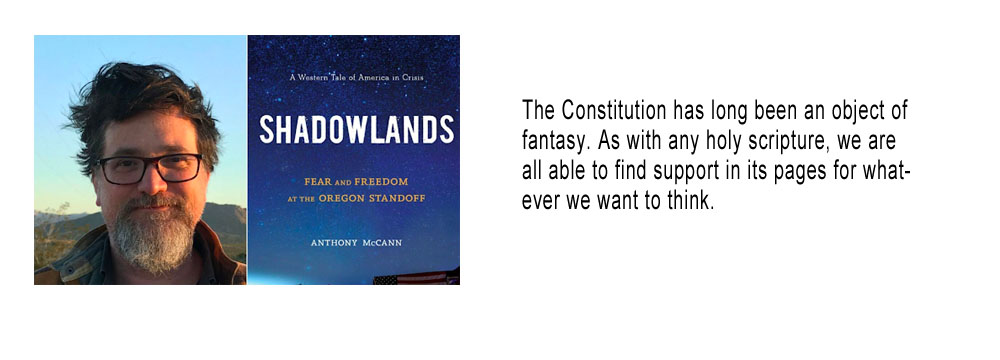

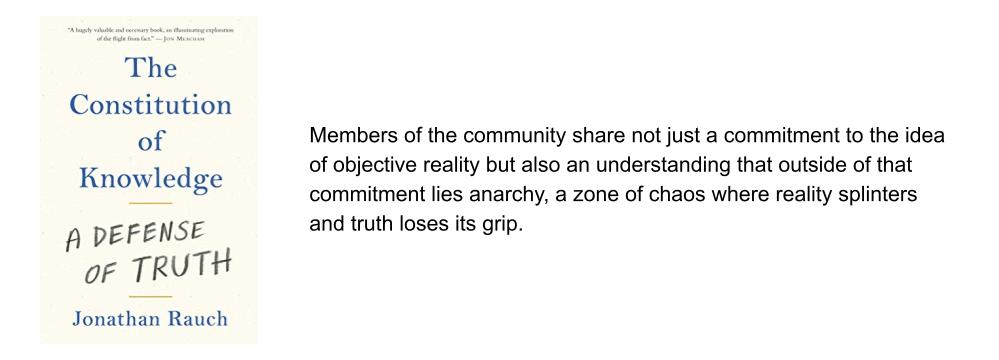
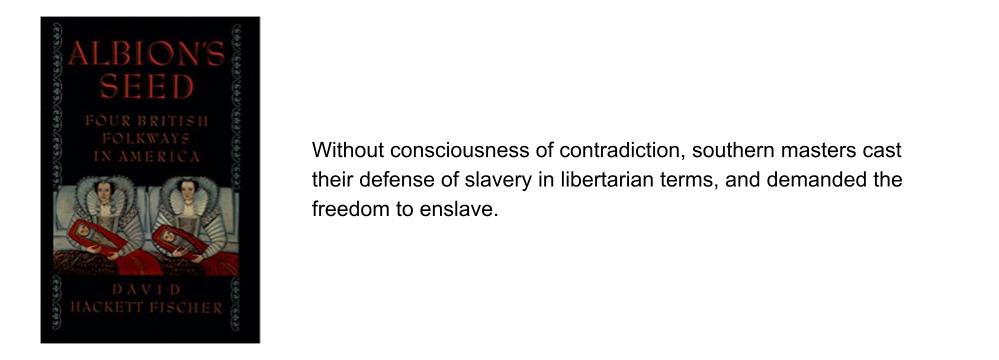
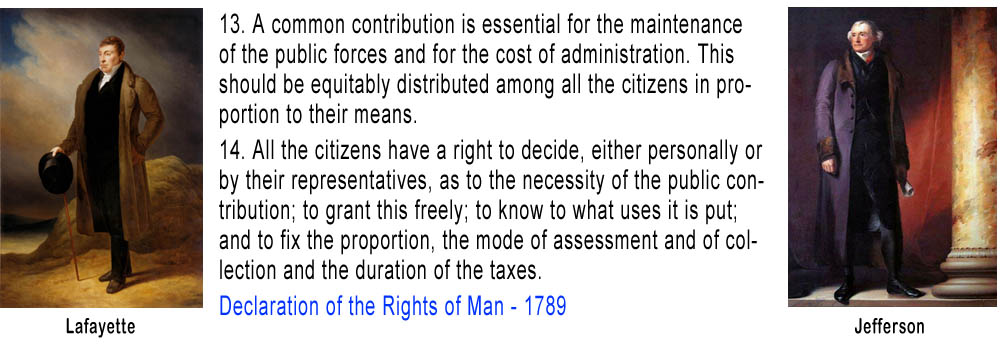
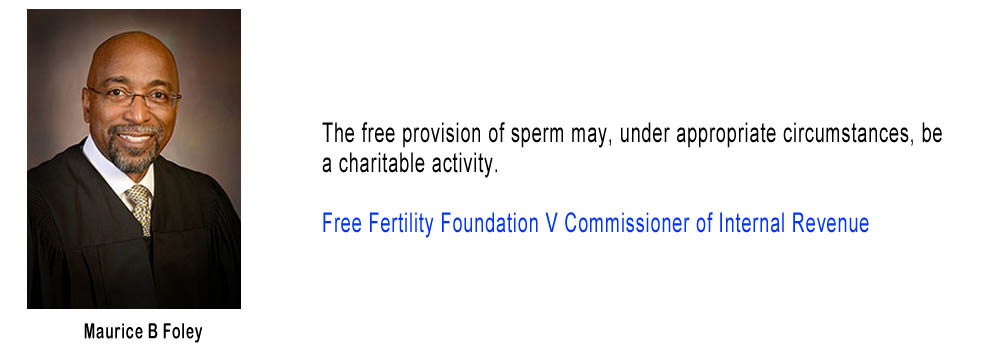
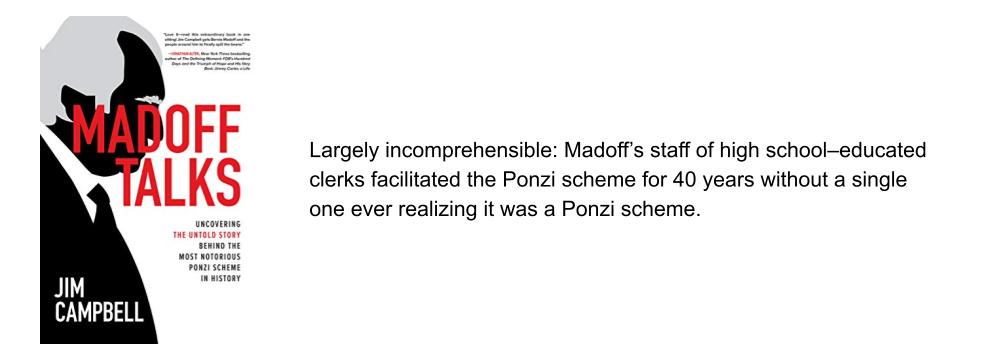
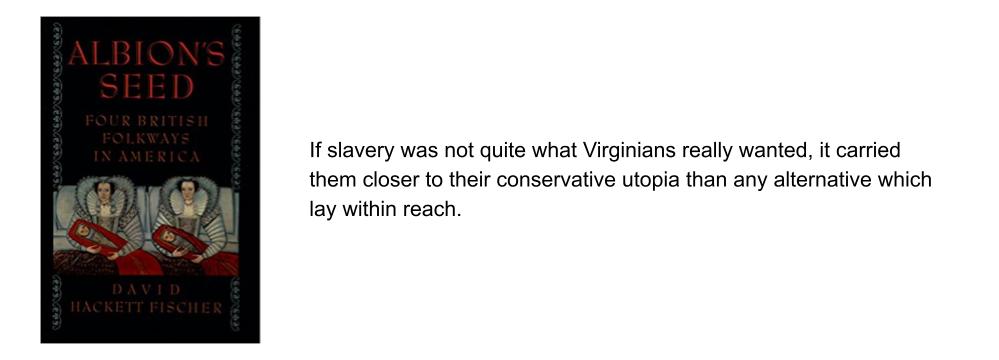
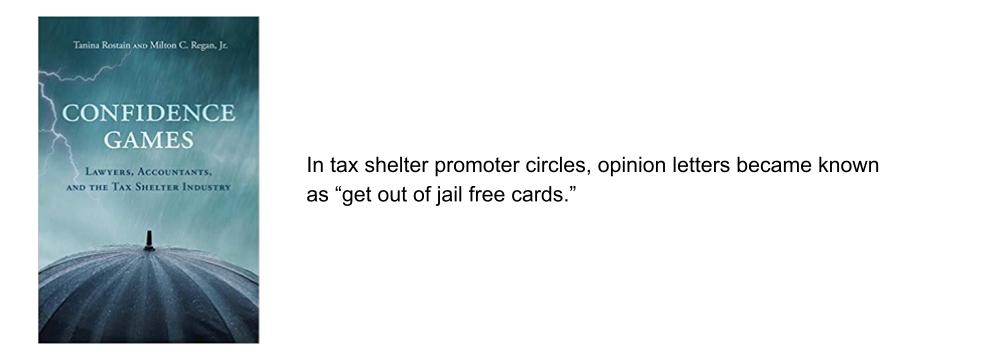
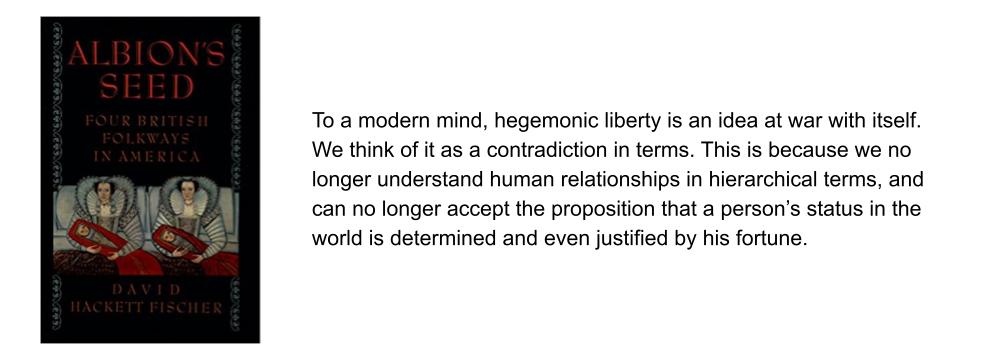
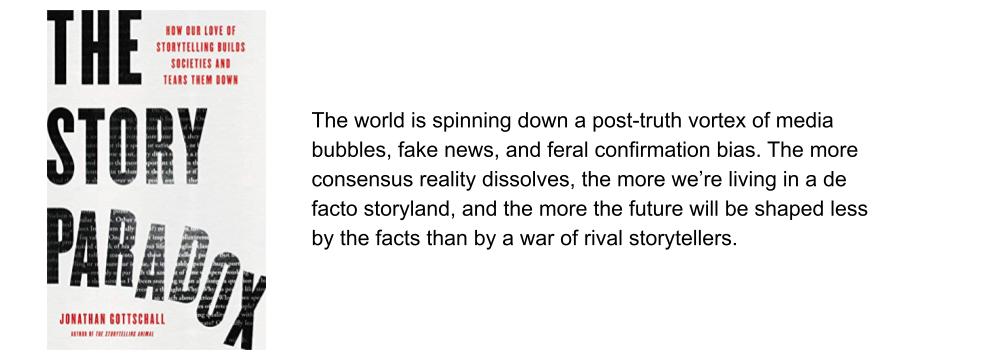

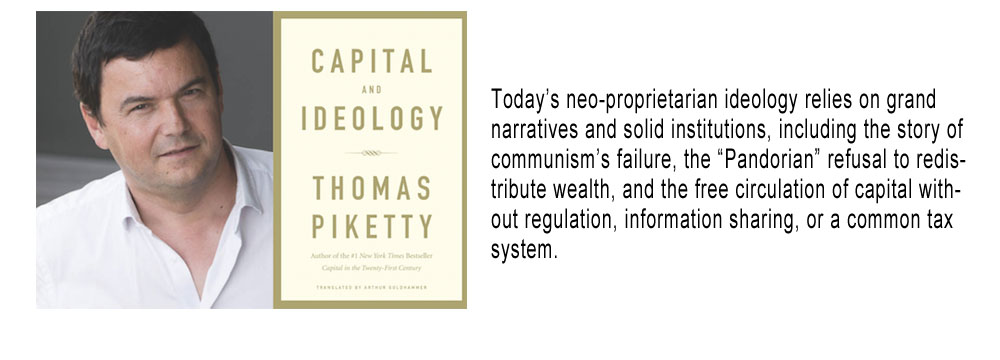
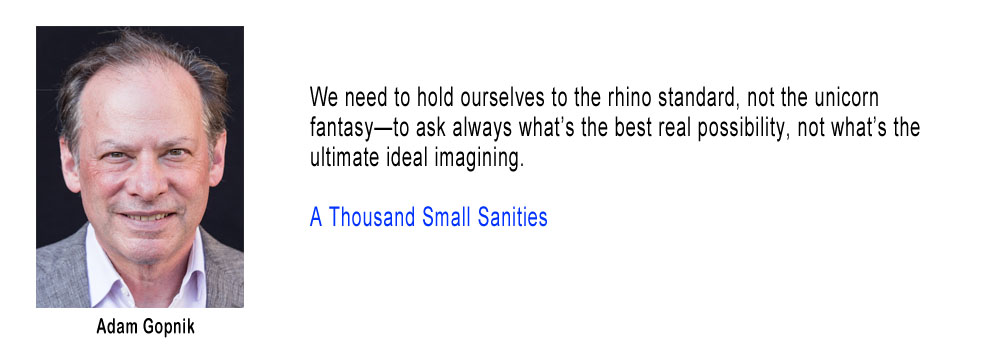
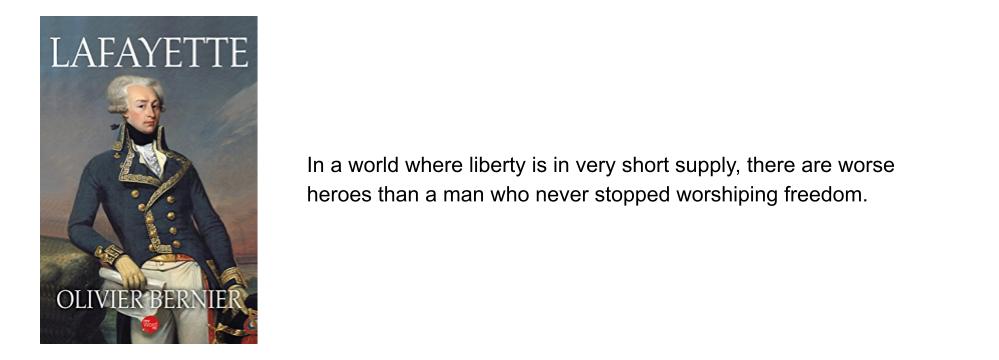

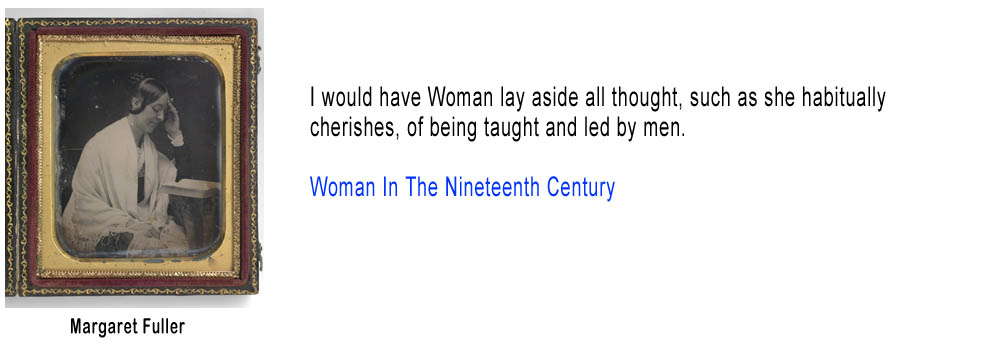
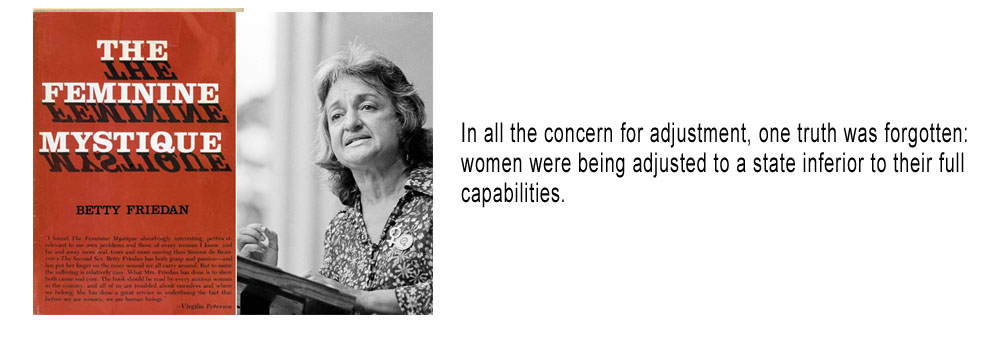
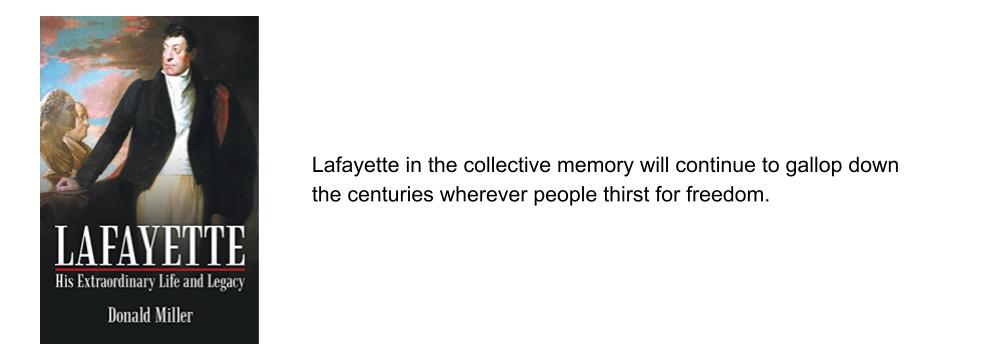

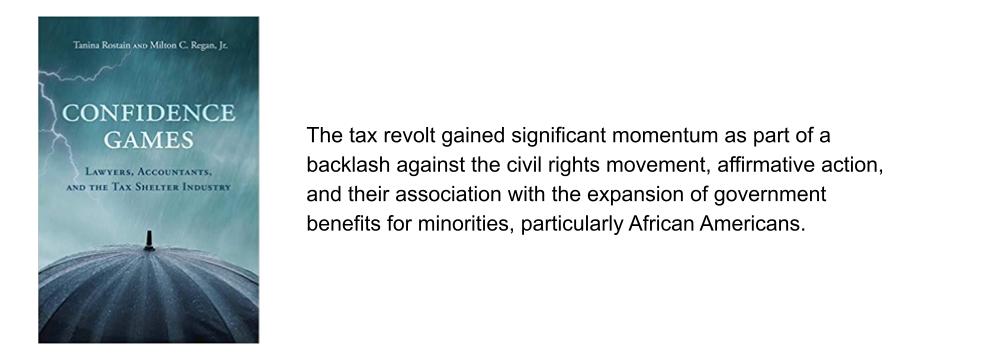
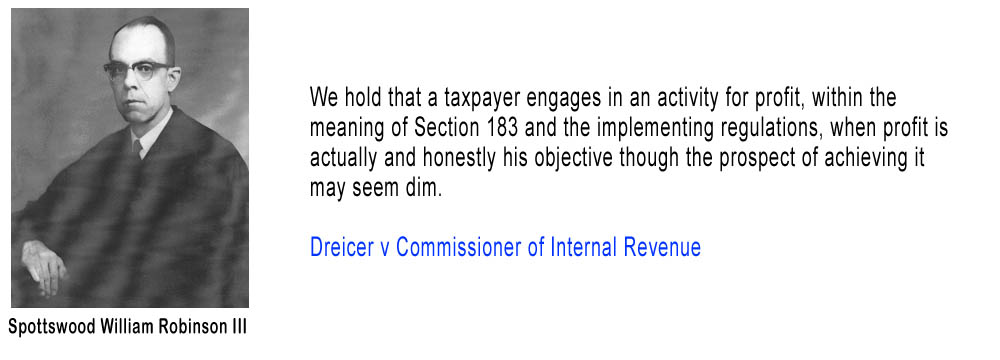
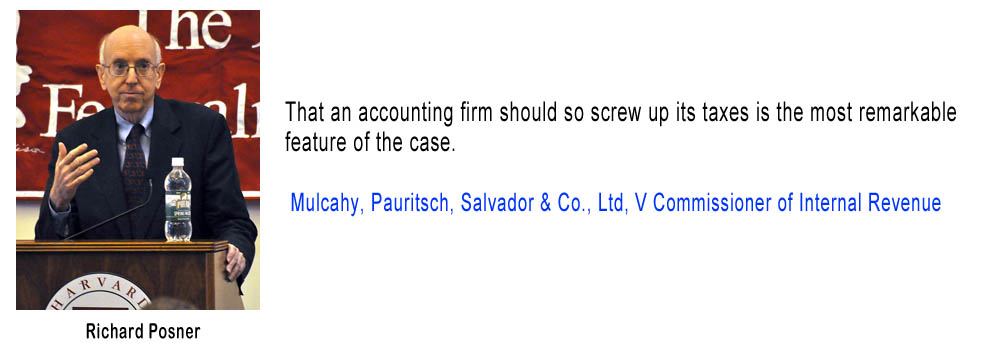
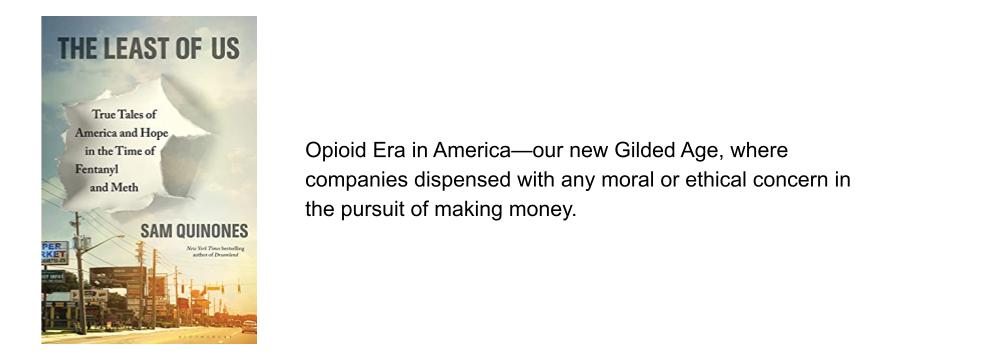
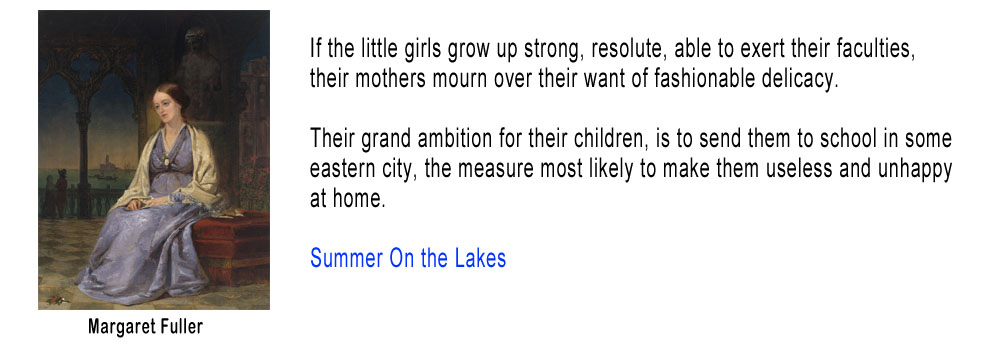
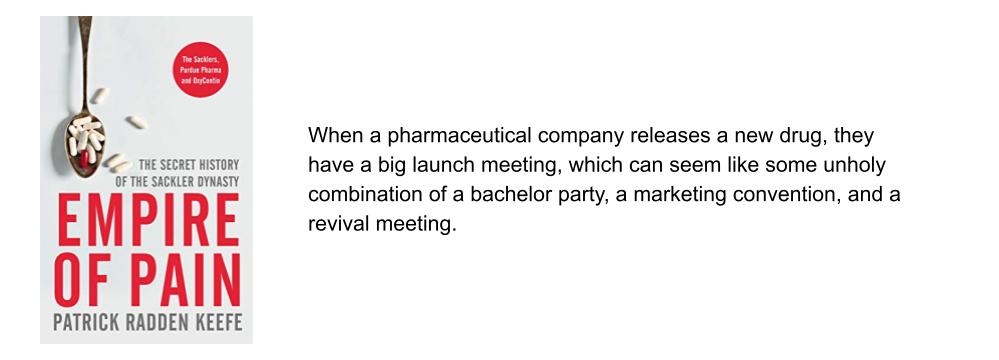

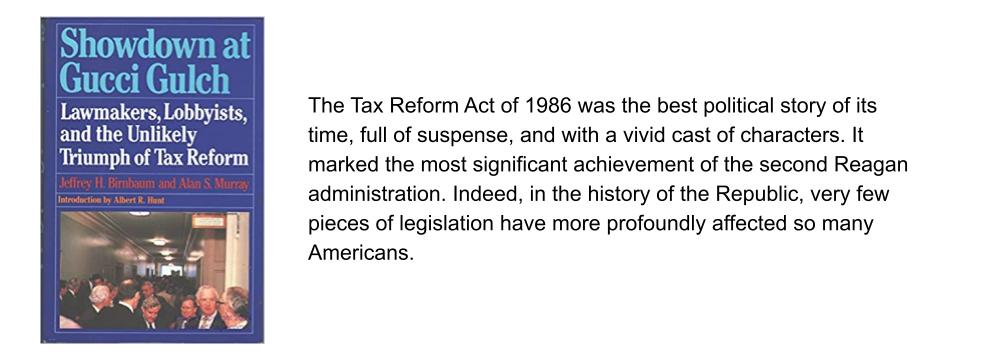
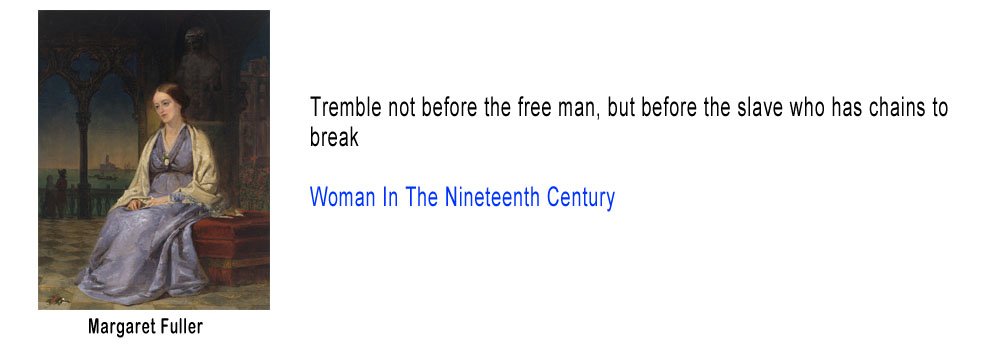
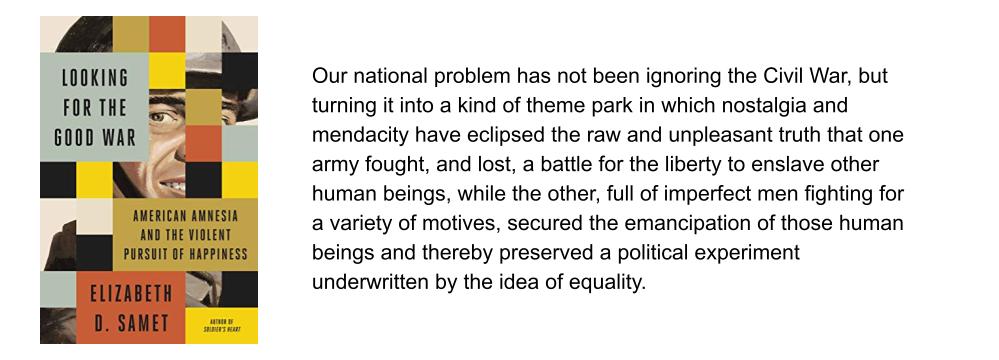
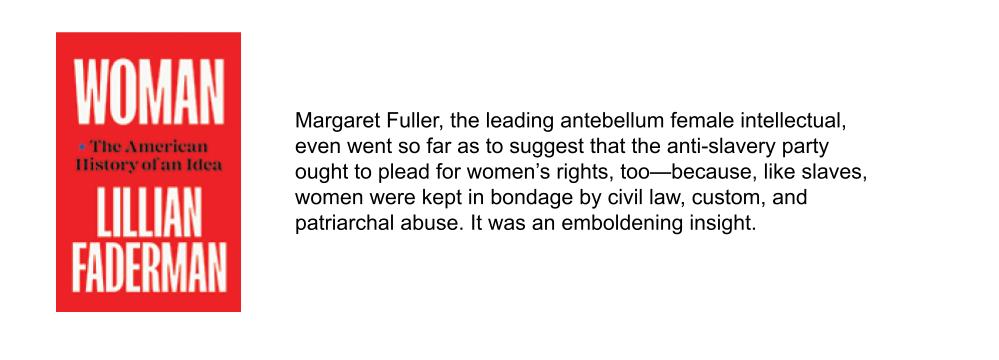
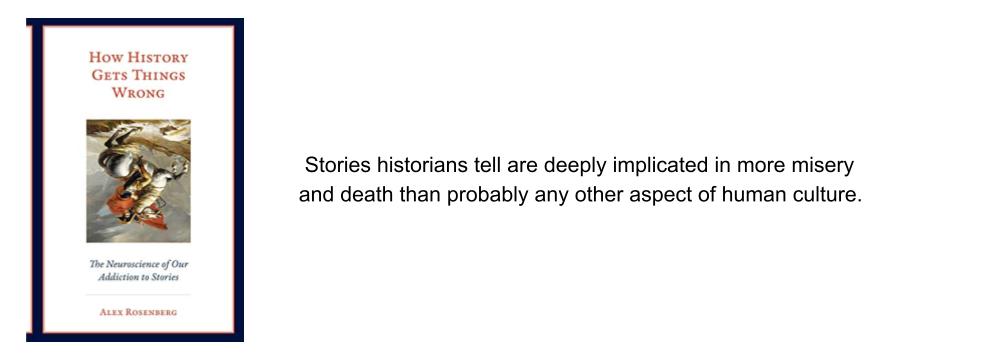
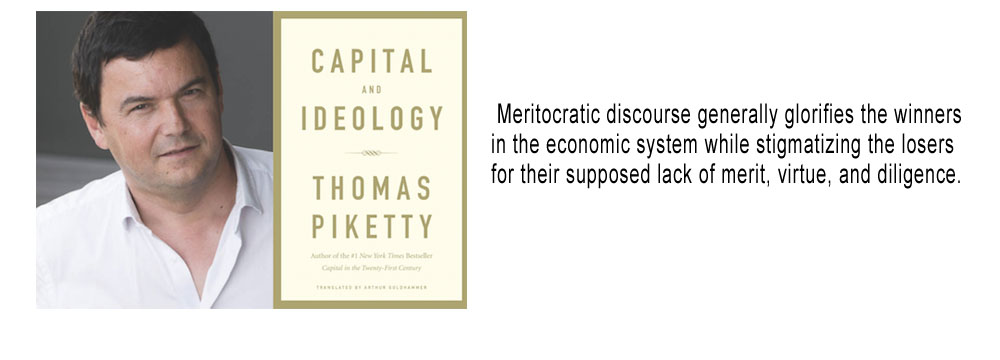
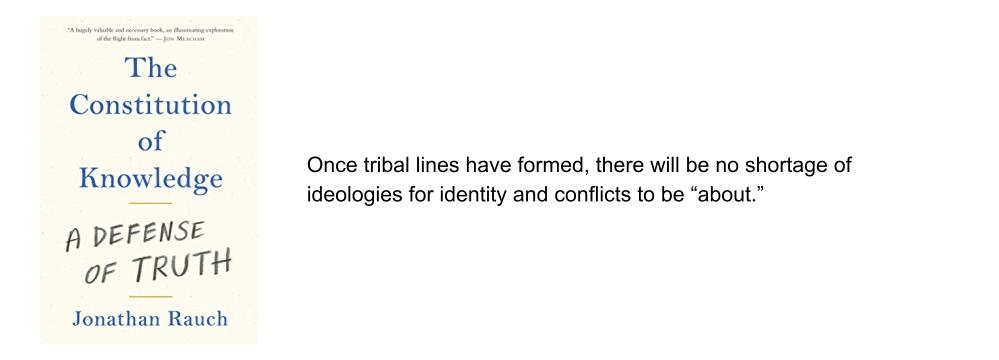
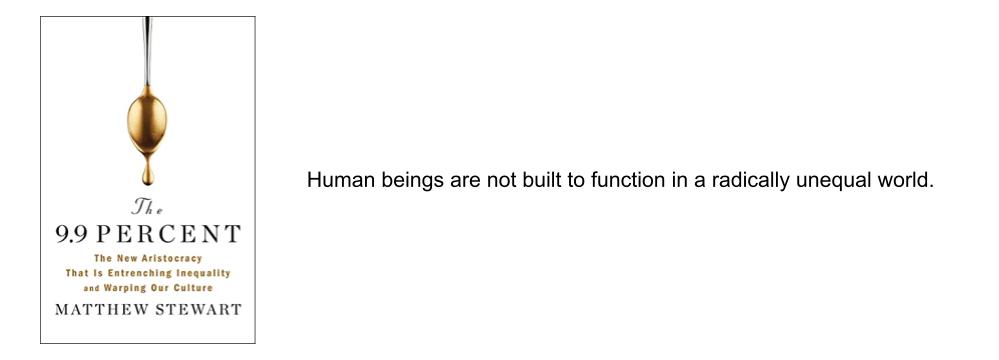
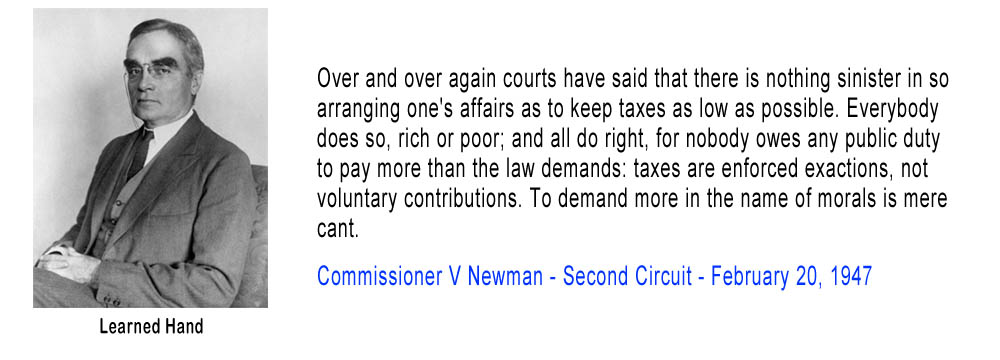


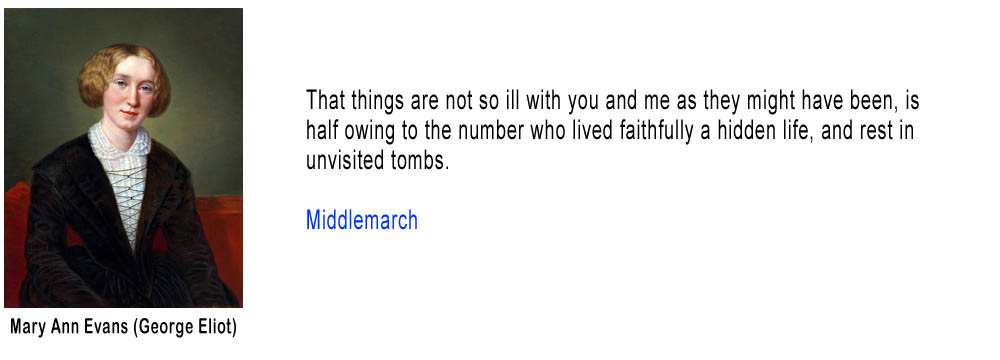
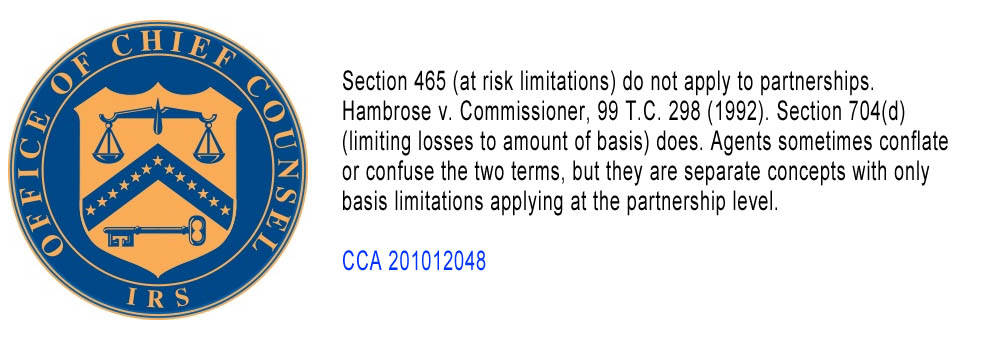


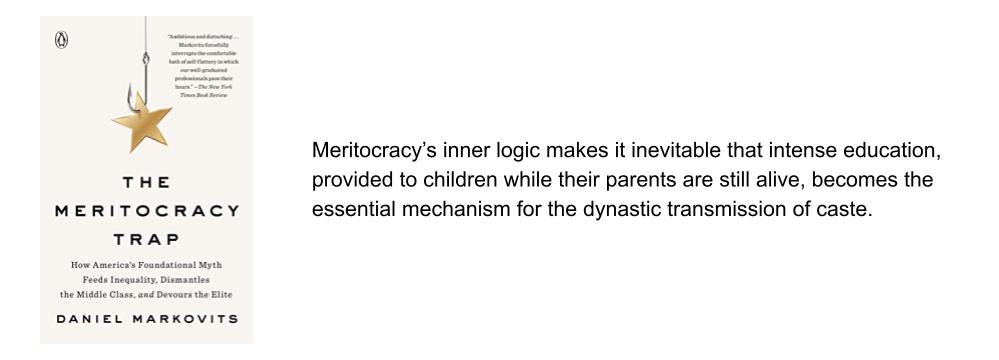
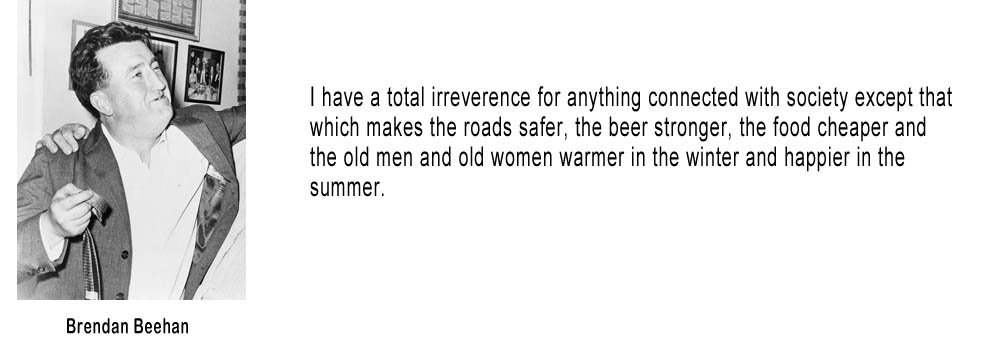
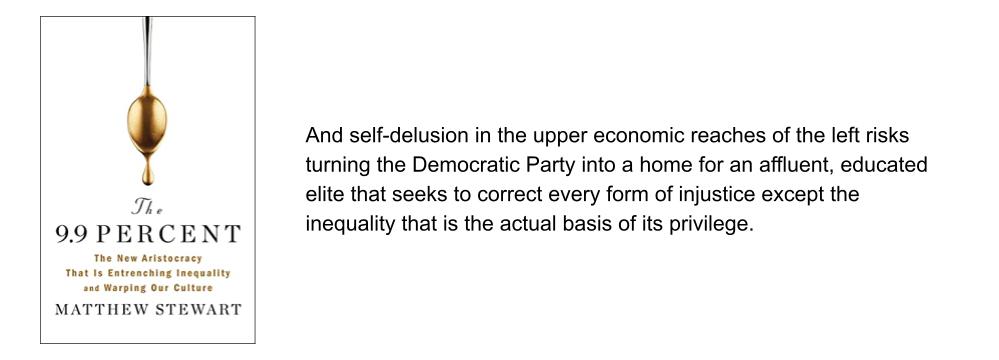
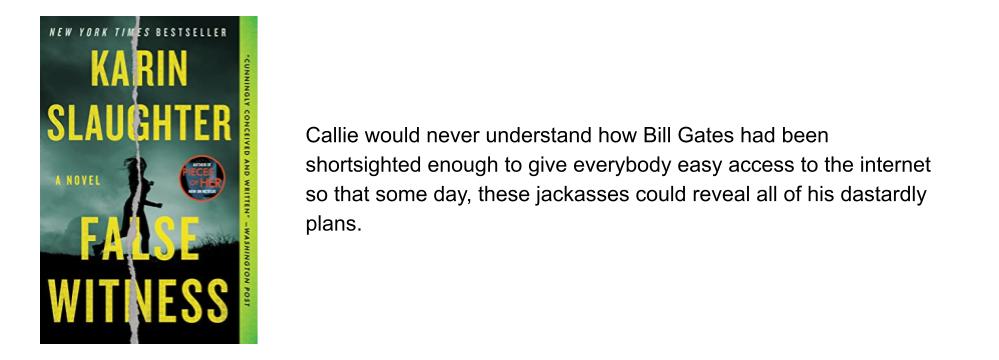
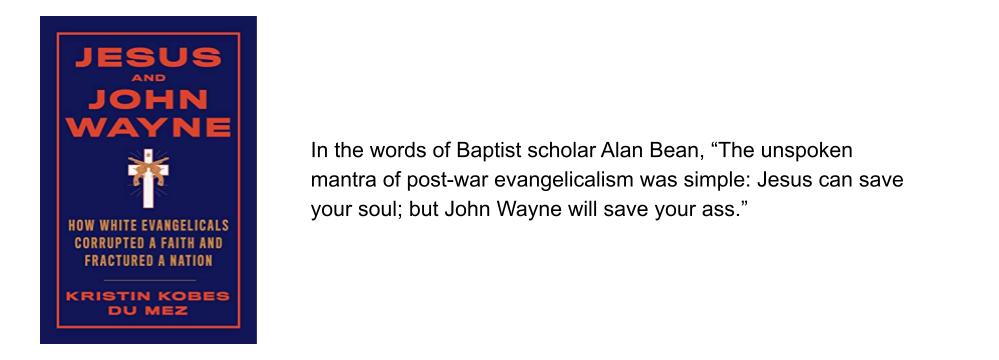


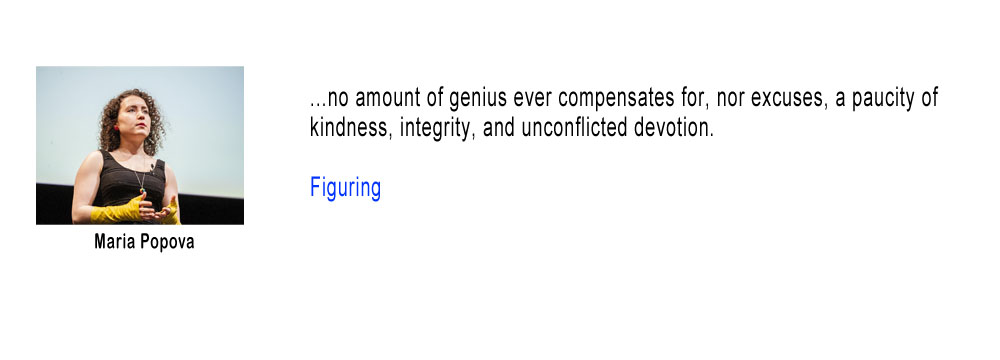
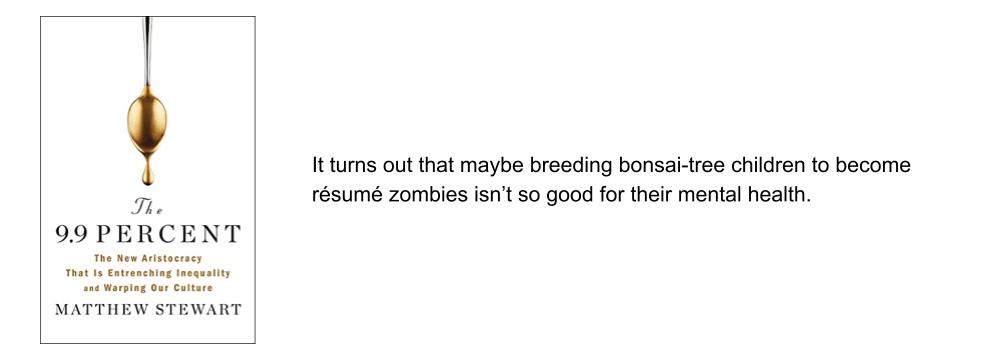
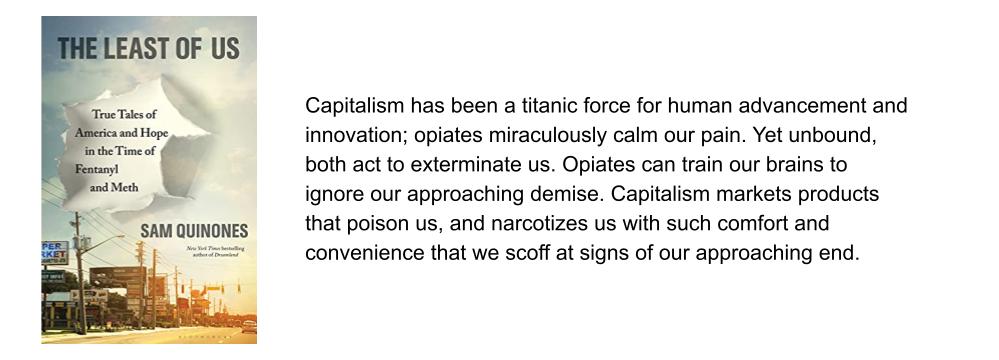
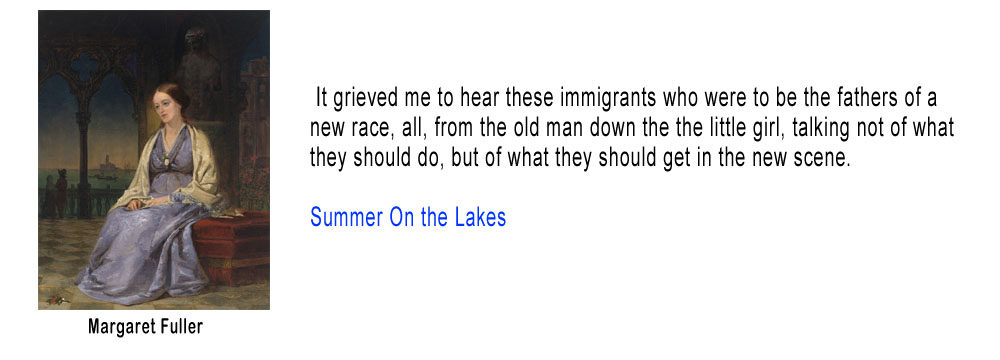
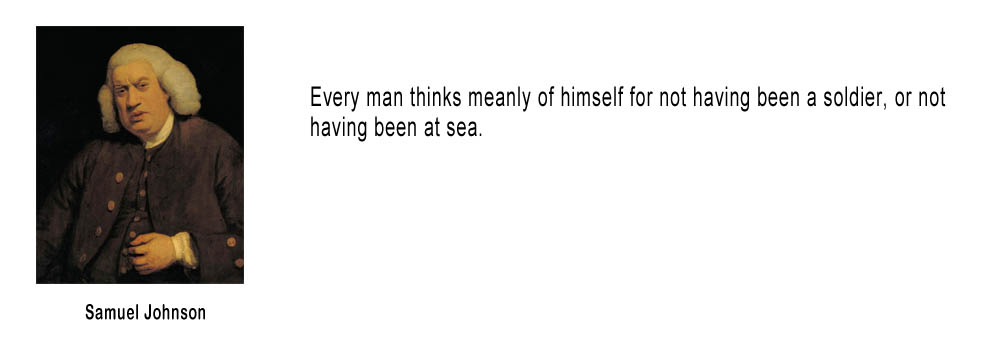

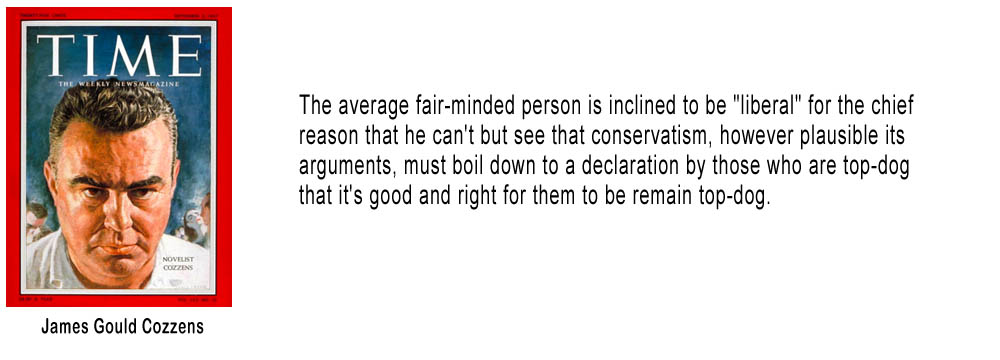
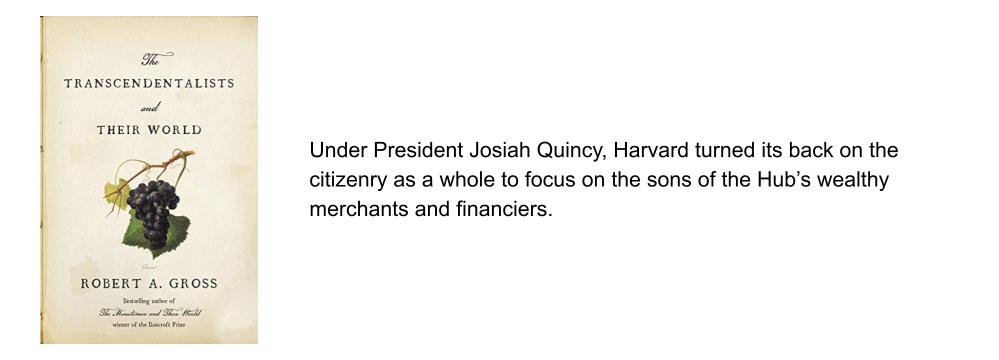
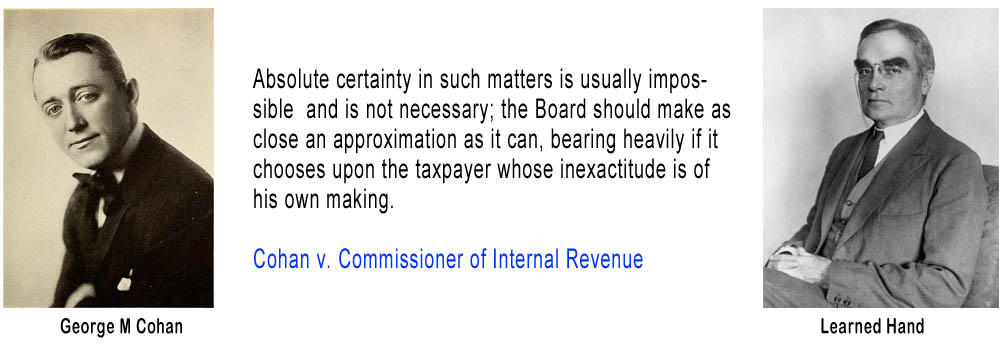
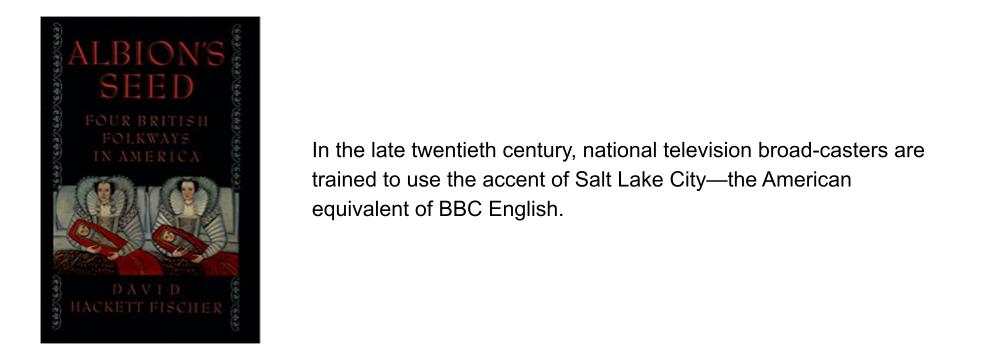
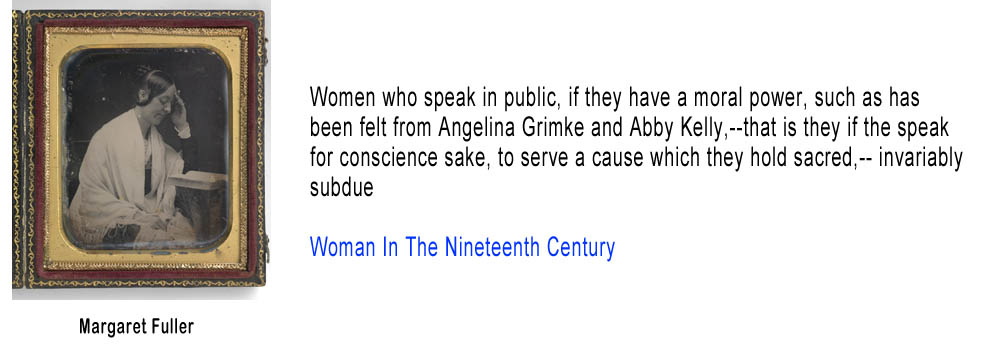
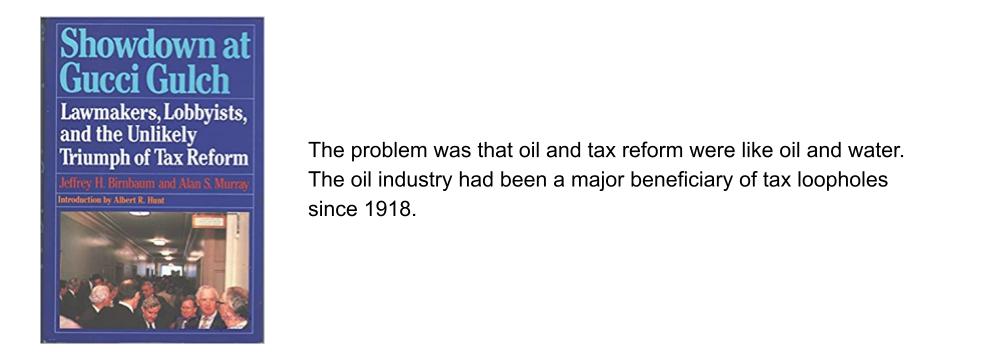
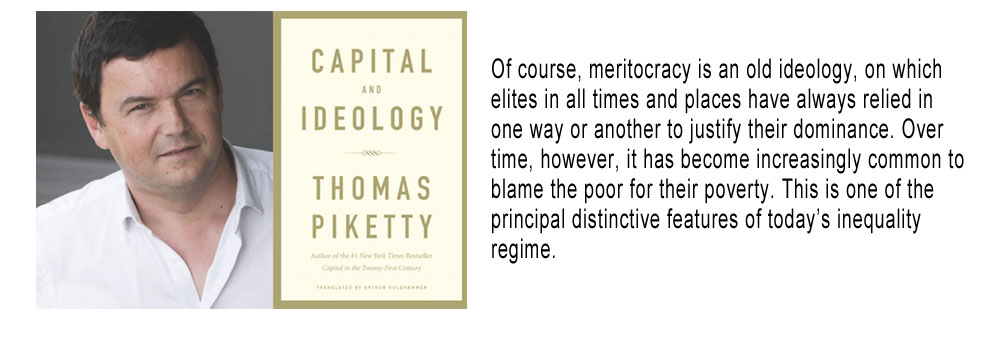
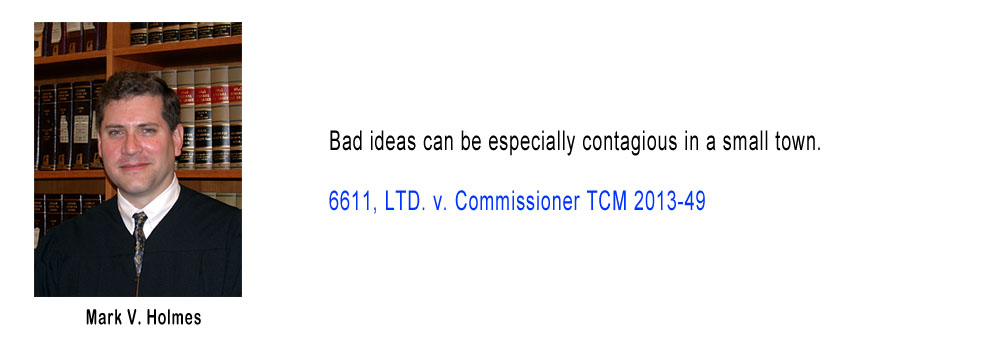
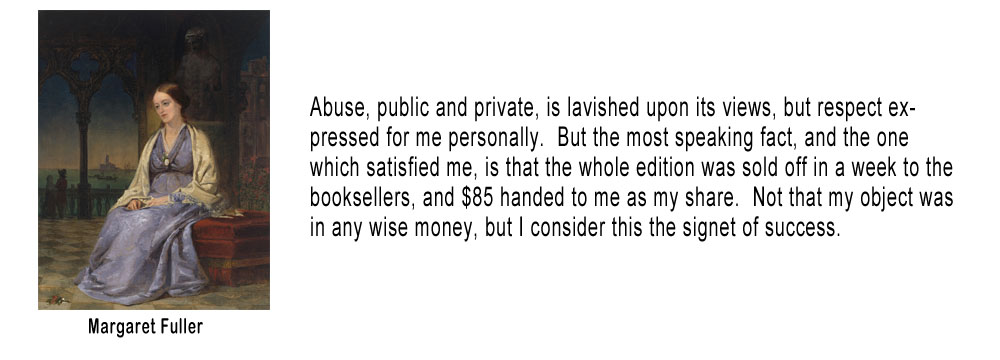
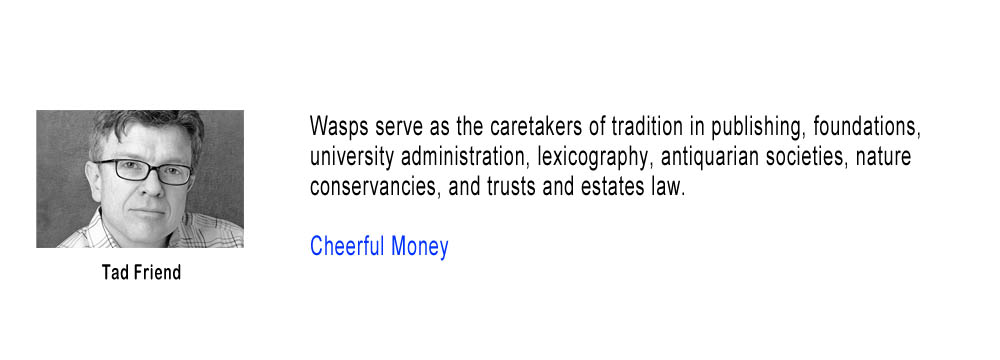
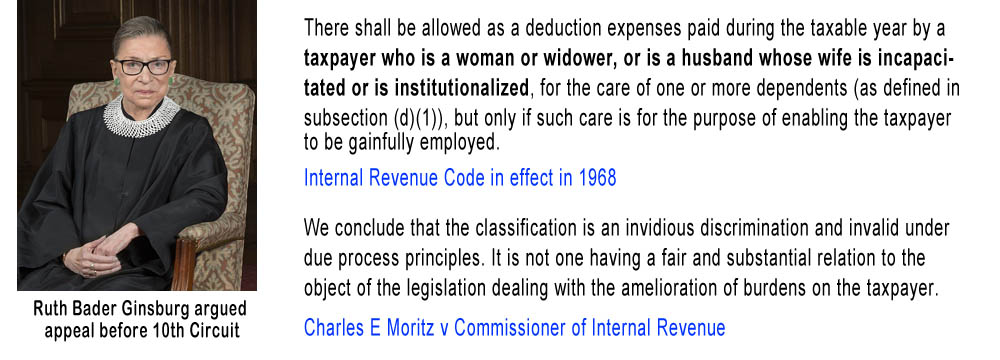
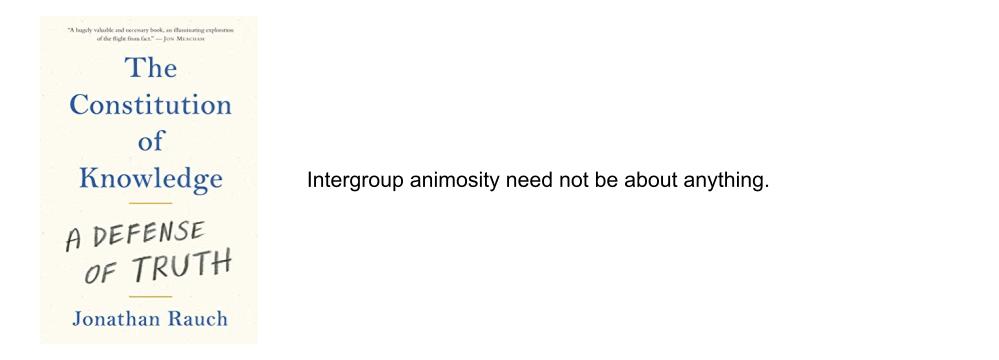
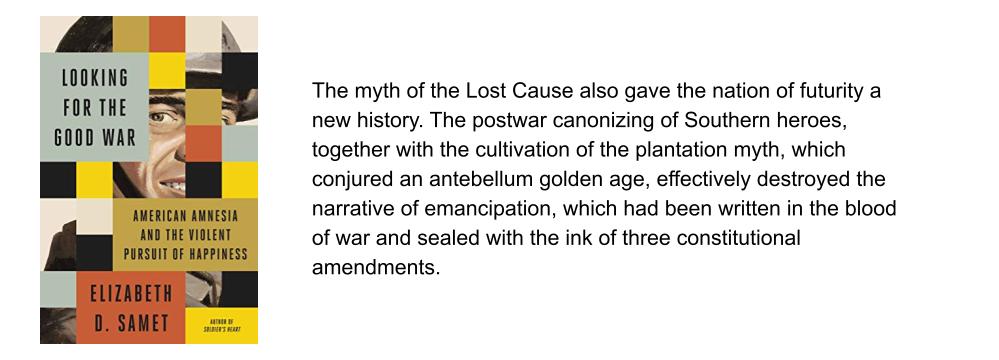
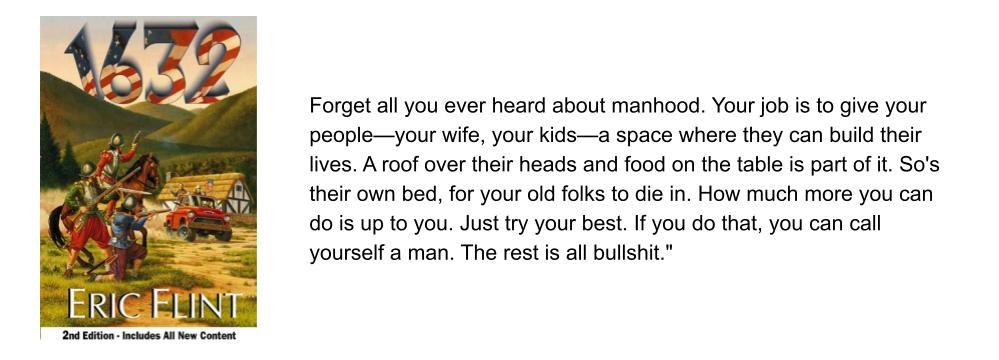
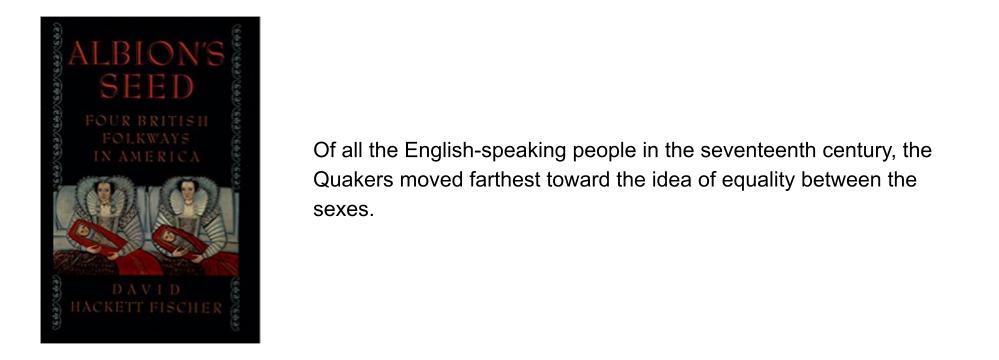
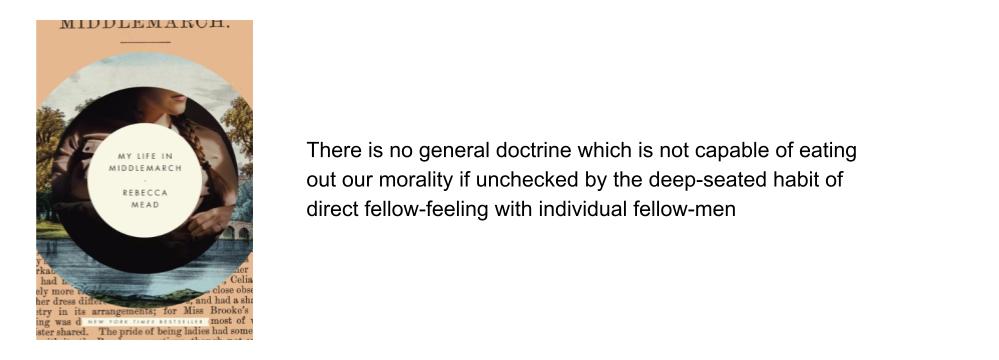
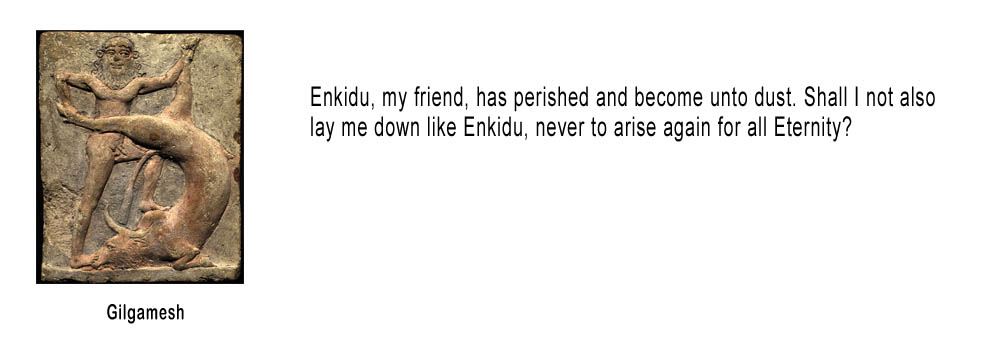
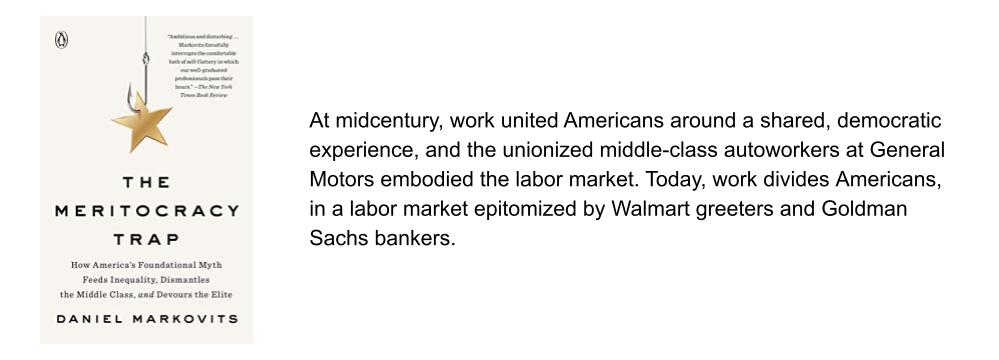
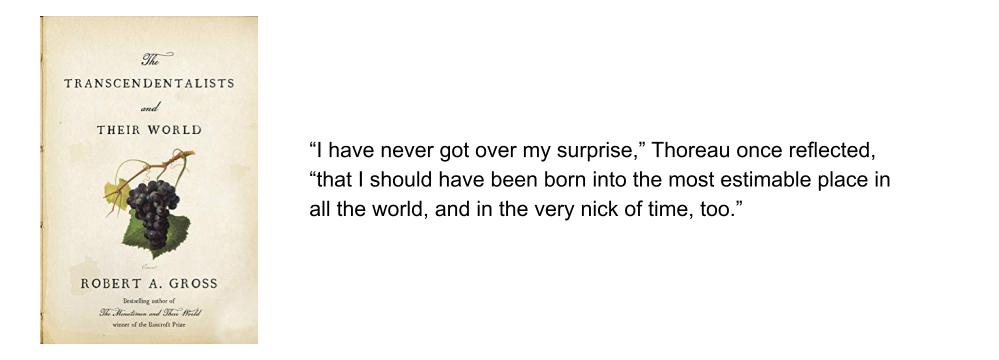
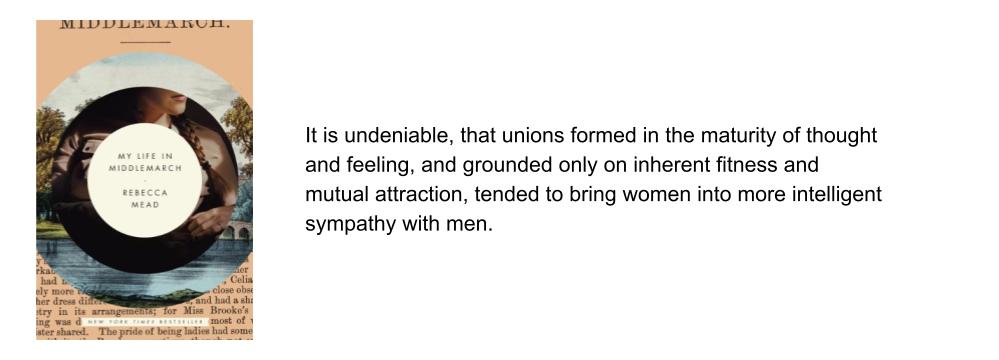
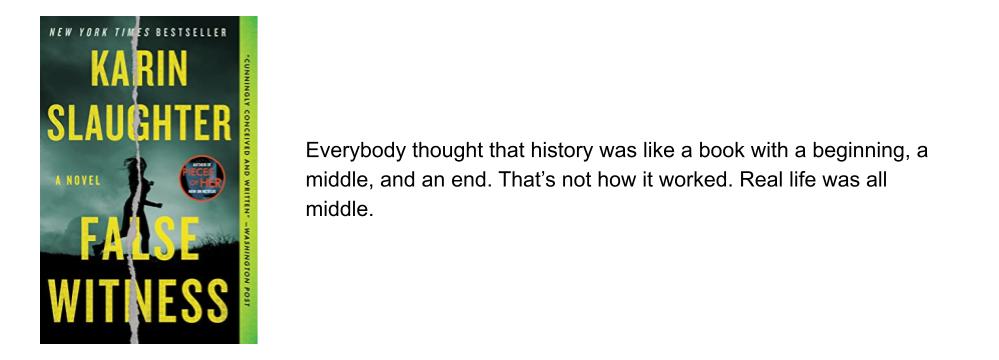
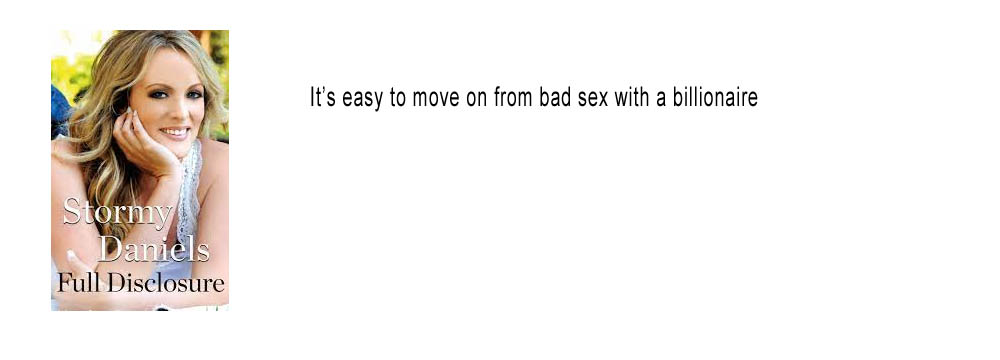
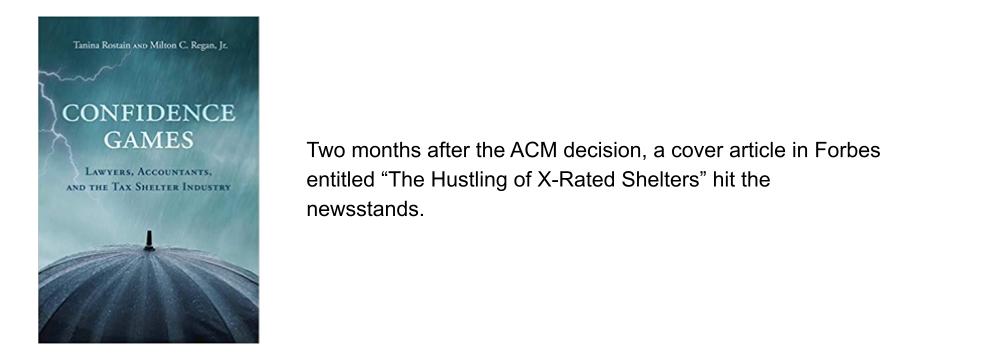
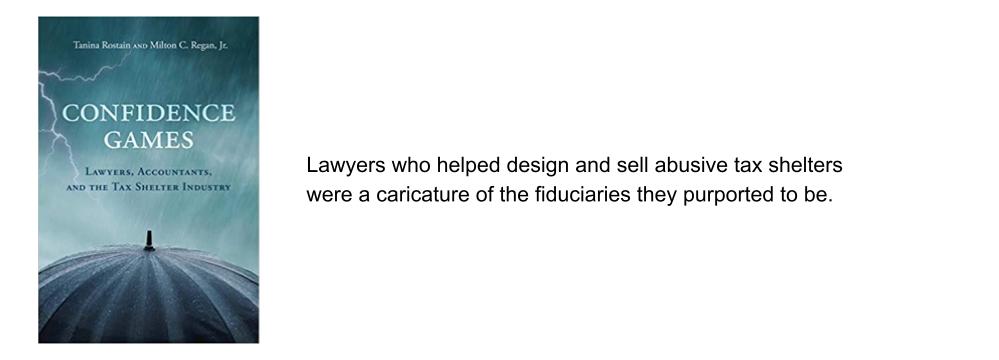
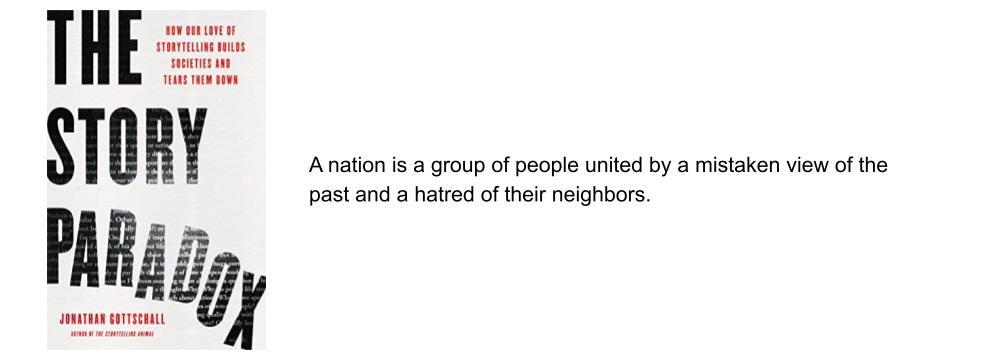
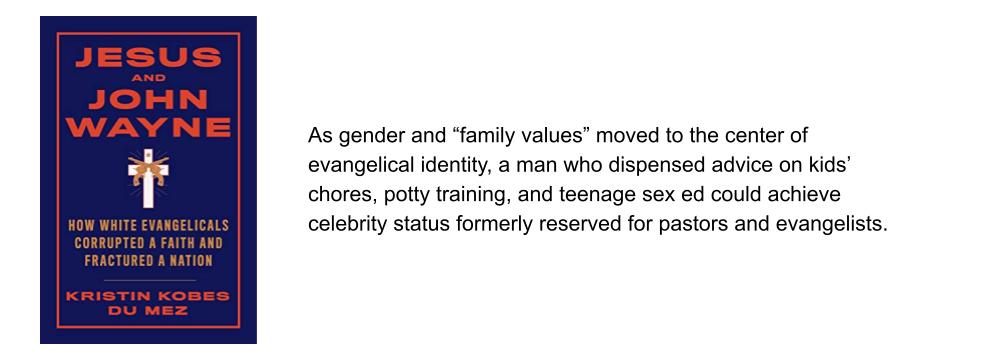

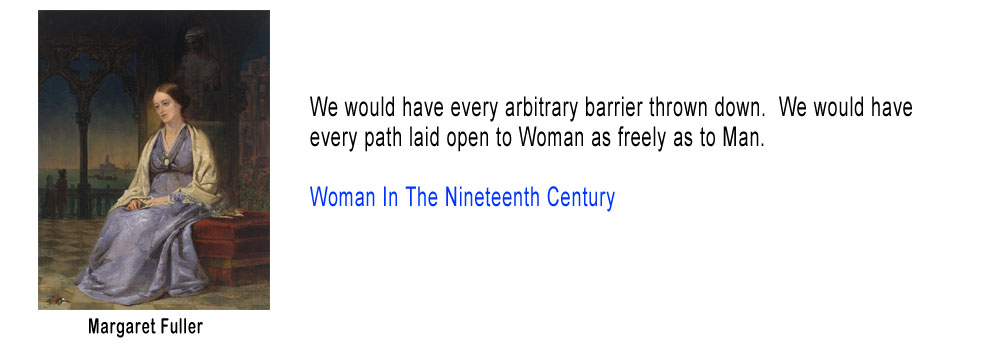
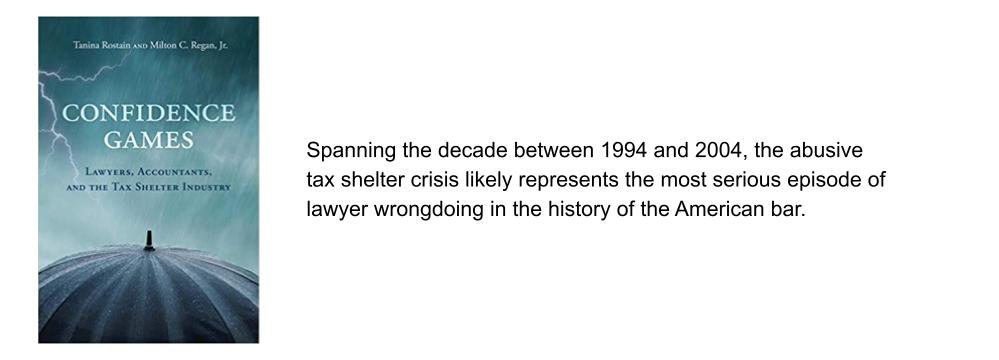
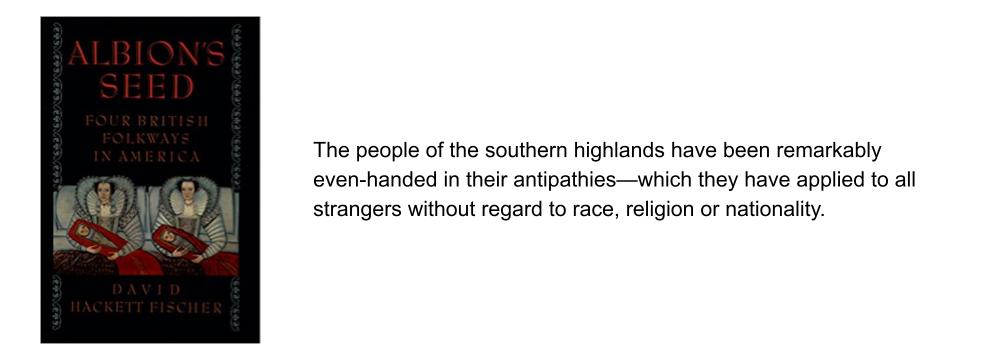
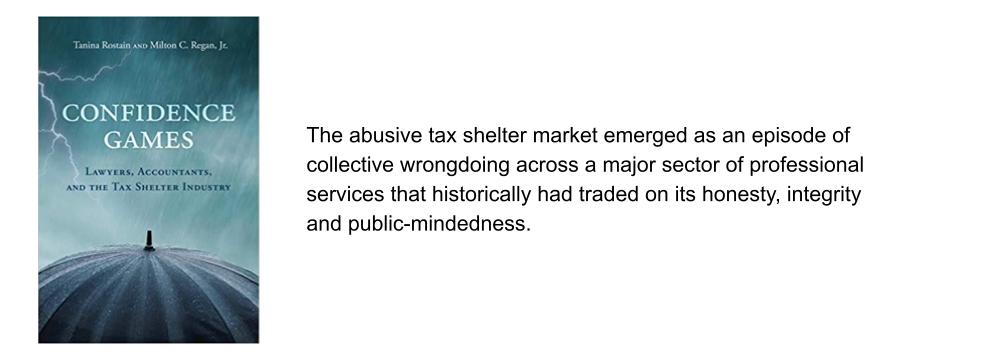
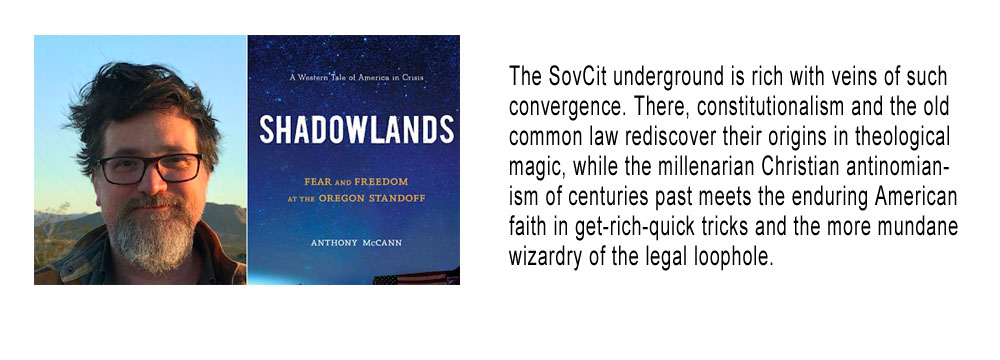
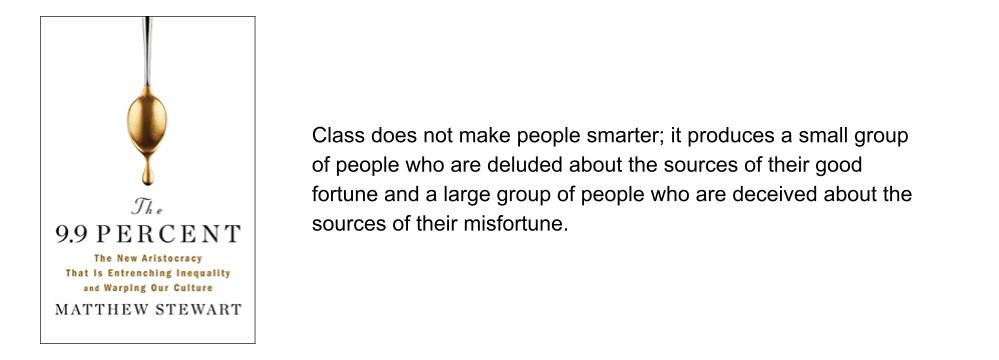
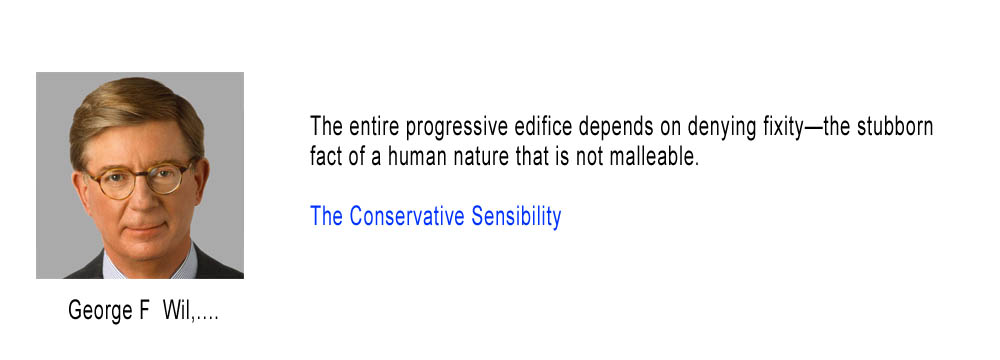
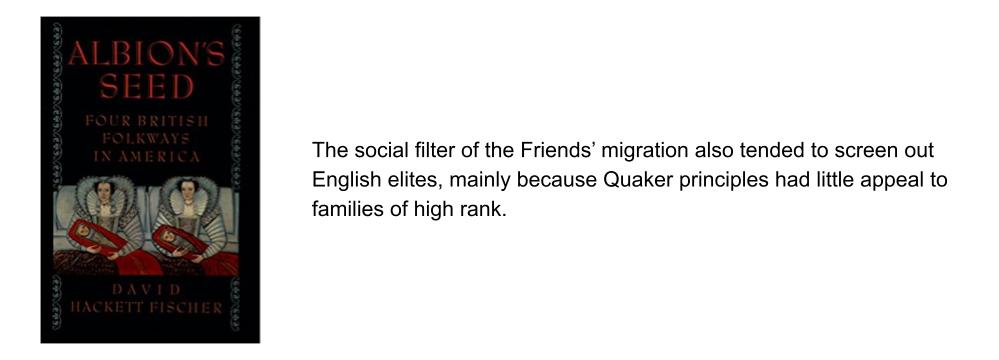
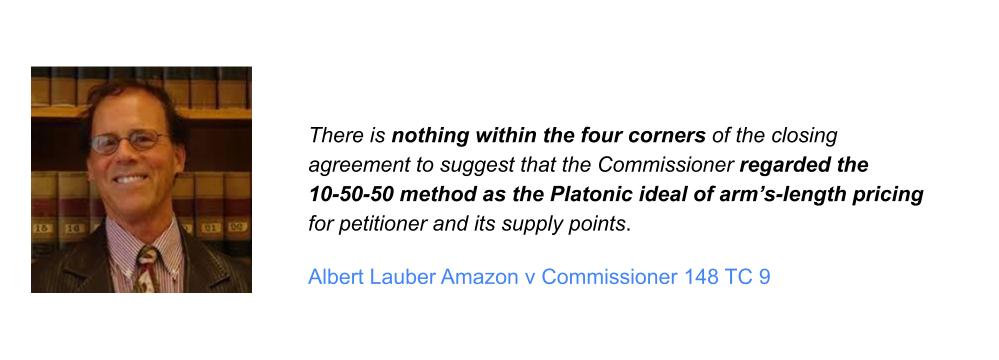
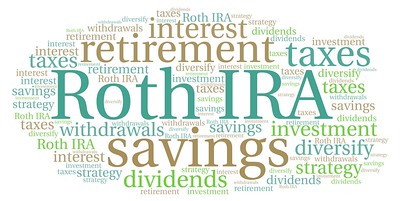

This is one of the best explanations I’ve seen on this subject.